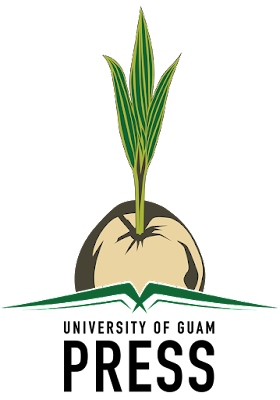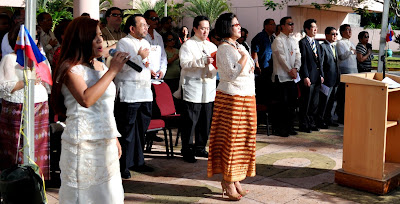Diasporic Projections
The term Diaspora can be tricky, even if it is something that I use regularly and work with and around regularly, even more so during the pandemic. The Chamoru diaspora used to be a divide. A fairly sharp divide where Chamorus on the island side were fundamentally different than those who were from the stateside. It would come about in an avalanche of anecdotes that could be heard from both ends of the Pacific. Chamorus in the states would complain that Chamorus on Guam were two backward thinking and stuck, not progressing and not advancing. Despite often very similar problems in their own areas in the US, they would speak about things like government corruption or inefficiency as if they were Guam-brand products and certainly didn't exist in the land of Olive Gardens and Costcos. Chamorus from the island would speak about those from the states as if there had never been a tribe of people more stuck up and full of themselves. For everything back home, there were stories about how





